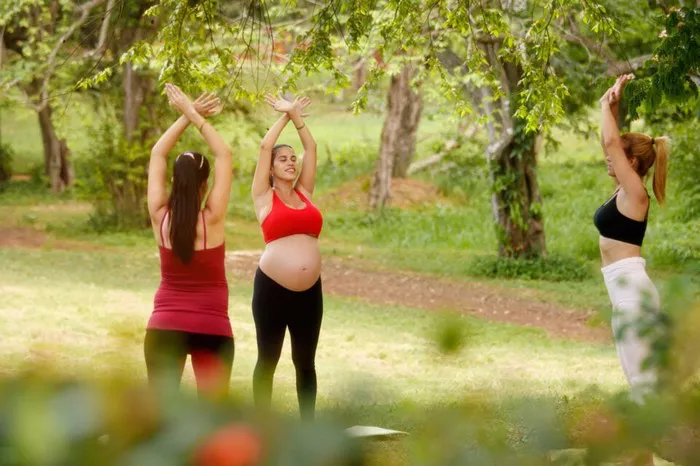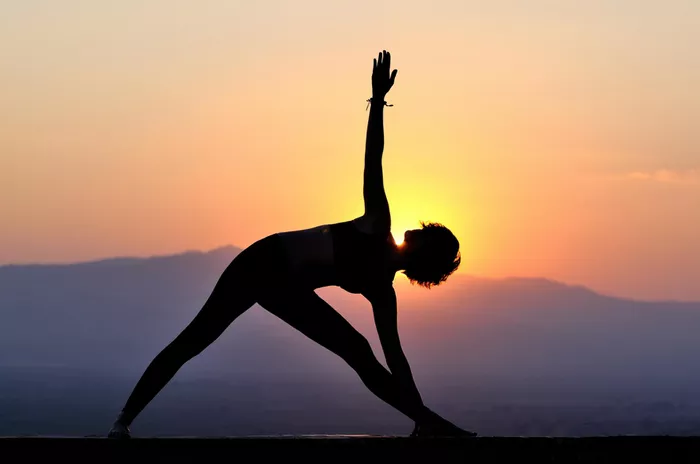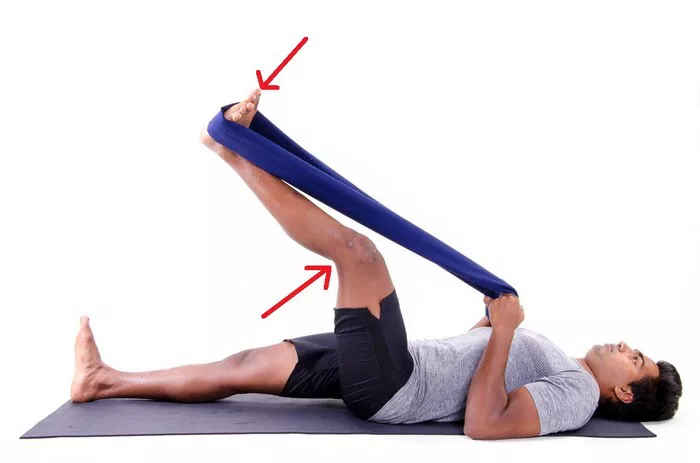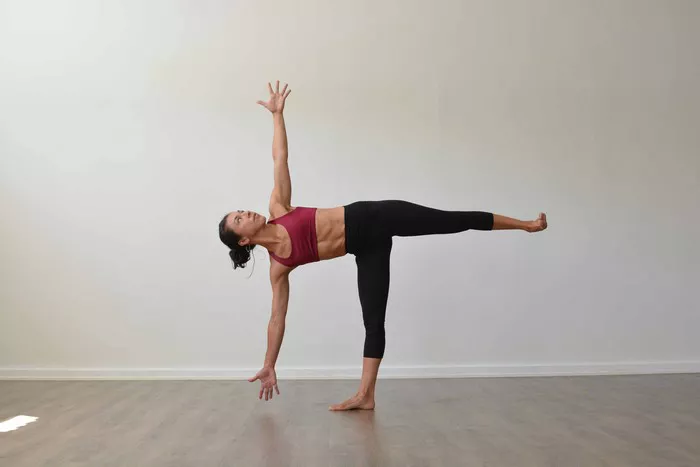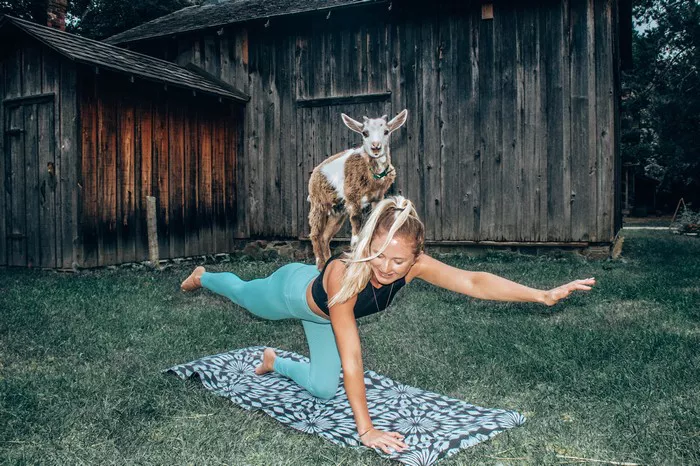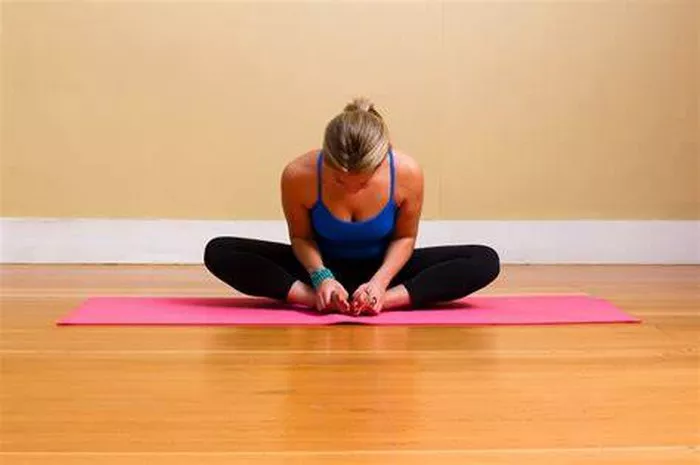Sarvangasana, also known as the Shoulder Stand, is an advanced asana in yoga practice that is often hailed for its numerous physical benefits, such as strengthening the core, improving circulation, and enhancing balance. However, beyond its physical advantages, Sarvangasana also has profound mental and emotional benefits that contribute to a holistic sense of well-being. In this article, we will explore in-depth the mental benefits of Sarvangasana and how this posture can positively influence your psychological health.
Introduction to Sarvangasana
Sarvangasana is a Sanskrit term that breaks down as follows:
- Sarva means “all” or “entire.”
- Anga means “limb” or “body.”
- Asana means “posture” or “seat.”
Therefore, Sarvangasana translates to “the posture that benefits the entire body.” This name reflects the nature of the pose, which stimulates almost every part of the body, especially the endocrine, nervous, and circulatory systems. When practiced correctly, Sarvangasana can create a harmonious connection between the body and mind, providing a sense of balance and clarity.
Before delving into the mental benefits, it’s essential to understand how the pose is typically practiced. In Sarvangasana, the practitioner begins by lying on their back, lifting their legs overhead, and then raising the torso and supporting the body with the hands on the lower back. The body forms an inverted “L” shape, with the shoulders and upper arms supporting the weight. The neck and spine should remain aligned, and the head is held off the ground, allowing for a deep, nourishing inversion.
The Mental Benefits of Sarvangasana
Reduces Stress and Anxiety
One of the most immediate and noticeable mental benefits of Sarvangasana is its ability to reduce stress and anxiety. The inversion in this pose is believed to activate the parasympathetic nervous system, also known as the “rest and digest” system. This part of the nervous system helps to counteract the “fight or flight” response, which is often triggered by stress. By triggering the parasympathetic response, Sarvangasana can help lower cortisol levels, the primary stress hormone, and encourage a sense of calm and relaxation.
When the body is inverted, blood flow to the brain is enhanced, which can contribute to an overall feeling of clarity. This fresh influx of blood provides oxygen and nutrients to the brain, which may result in improved mental focus, reduced mental fatigue, and a decrease in anxiety levels. The deeper breathing encouraged in Sarvangasana also helps to activate the vagus nerve, which has been linked to relaxation and emotional balance.
Improves Mental Clarity and Focus
Sarvangasana has the potential to sharpen mental focus and increase cognitive clarity. One of the reasons for this is the improved blood circulation to the brain, which brings more oxygen and energy to mental processes. The increased flow of blood helps clear the mind, enabling you to concentrate better and think more clearly. This can be particularly beneficial in situations where mental sharpness is required, such as decision-making, problem-solving, and studying.
The pose encourages a deep sense of mindfulness as well, requiring practitioners to remain fully present in the moment while holding the posture. The need for concentration to maintain balance and alignment enhances your ability to focus, which can carry over to other areas of life. Practicing Sarvangasana regularly trains the mind to remain calm and steady, even when faced with challenges.
Enhances Emotional Balance and Stability
Regular practice of Sarvangasana can contribute to a more emotionally balanced and stable state of mind. This is partly due to the effects of inversion on the nervous system. Inversions like Sarvangasana have been shown to have a calming effect on the mind, making them excellent tools for managing emotional fluctuations. In particular, the pose has been linked to a reduction in mood swings, helping practitioners maintain a more even-tempered emotional state.
The deeper breathing that often accompanies Sarvangasana can help regulate the autonomic nervous system, which governs the body’s involuntary functions like heart rate, digestion, and emotional responses. By encouraging a balanced nervous system, Sarvangasana may help stabilize emotions, reduce irritability, and promote feelings of peace and contentment.
Furthermore, being in an inverted position can offer a shift in perspective, both physically and mentally. This shift can encourage emotional healing, help break negative thought patterns, and promote positive self-reflection. People often find that after practicing Sarvangasana, they experience a greater sense of emotional clarity, allowing them to approach challenges with a calm and grounded mindset.
Promotes Mental Relaxation and Deep Rest
Sarvangasana offers a unique form of mental relaxation that is different from passive rest. Although the posture requires concentration and effort, it simultaneously promotes a deep sense of relaxation. This paradox is due to the restorative nature of the inversion. The pose encourages the release of tension throughout the body, particularly in the neck, shoulders, and upper back, areas that are often held with stress.
When held for several minutes, Sarvangasana can induce a meditative state. The inversion creates a sense of weightlessness and freedom, which can help release mental tension and promote a deeper sense of inner calm. This restorative effect on the mind can improve sleep quality, reduce restlessness, and enhance overall mental resilience.
Boosts Confidence and Self-Esteem
Sarvangasana, like many yoga poses, requires strength, balance, and control. Successfully mastering the pose can lead to increased self-confidence and a sense of accomplishment. As you become more comfortable holding the posture for longer periods and achieving greater alignment, you may notice an improvement in your overall self-esteem.
The act of inverting and facing the world from a different perspective can be a powerful metaphor for personal growth. It encourages you to step out of your comfort zone, challenge yourself, and see things in a new light. This mental shift can be incredibly empowering, leading to greater self-assurance and a positive outlook on life.
Facilitates a Sense of Peace and Tranquility
Many practitioners report a profound sense of peace and tranquility after practicing Sarvangasana. This effect is partly due to the physical release of tension, but it is also related to the practice’s ability to calm the mind. The pose has been shown to slow down the heart rate and regulate the breath, both of which contribute to an overall feeling of serenity.
The sense of inner peace that arises from Sarvangasana can have far-reaching effects on your daily life. When practiced regularly, this tranquility can carry over into your interactions with others, helping you remain calm in stressful situations and approach challenges with a level head. The posture invites you to quiet the noise of the external world and tune in to your inner experience, leading to a greater sense of mindfulness and equanimity.
Supports Mind-Body Connection and Self-Awareness
One of the key aspects of yoga is the cultivation of awareness, and Sarvangasana is an excellent practice for enhancing the mind-body connection. The posture requires you to engage the entire body, especially the core and legs, while maintaining balance on the shoulders. This level of physical awareness fosters a deeper connection between the mind and body, encouraging you to become more attuned to your body’s sensations, limitations, and strengths.
By increasing self-awareness, Sarvangasana helps practitioners better understand their emotional states and thought patterns. The pose also encourages introspection, allowing you to notice how the body responds to different thoughts and feelings. This heightened awareness can be transformative, helping you cultivate a more mindful approach to both physical and mental challenges.
Supports Resilience and Stress Management
Practicing Sarvangasana regularly can help build mental resilience by teaching you to remain calm under pressure. In order to maintain the pose, you must focus and breathe deeply, which can be a great exercise in stress management. By consistently practicing this challenging asana, you learn how to confront discomfort with a calm mind, which translates into increased mental toughness and the ability to handle stress in everyday life.
In situations where you face uncertainty or difficulty, the mental discipline developed through Sarvangasana can help you respond with greater composure and clarity. It encourages you to embrace challenges with a sense of balance and calm, rather than being overwhelmed by stress or anxiety.
Conclusion
Sarvangasana offers a range of remarkable mental benefits that go beyond its physical effects. Through its ability to reduce stress, enhance mental clarity, promote emotional balance, and improve resilience, this posture supports overall psychological well-being. The practice of Sarvangasana is not just about achieving a physical pose; it is about cultivating a peaceful, focused, and balanced mind.
By integrating Sarvangasana into your yoga routine, you can experience a more tranquil and centered state of mind, as well as a deeper connection to your body and emotions. Whether you are looking to reduce stress, increase focus, or enhance emotional stability, Sarvangasana is a powerful tool for promoting mental health and inner peace. Remember, as with any yoga pose, it’s essential to practice Sarvangasana with mindfulness, patience, and proper alignment to fully reap its mental benefits.
Related Topics:


